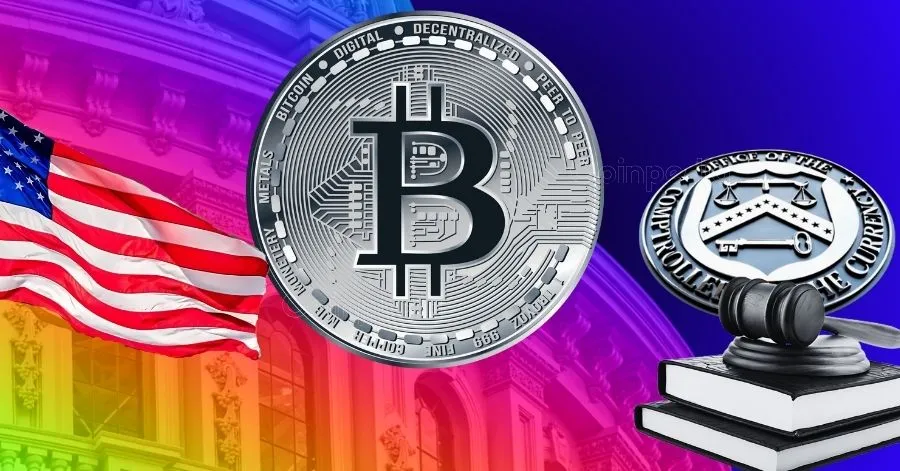
For years, U.S. banks wanting to engage with cryptocurrency faced regulatory roadblocks. But that’s changing. In a major shift, the regulator overseeing national banks has now made it clear: federally regulated banks can offer crypto services without needing prior approval.
This decision could open the doors for more banks to enter the crypto space, making digital assets more accessible than ever. But what led to this policy change?
Let’s break it down.
The OCC clarified in a new interpretive letter that national banks and federal savings associations are allowed to offer crypto custody services, manage stablecoin activities, and even operate blockchain nodes.
“The OCC expects banks to have the same strong risk management controls in place to support novel bank activities as they do for traditional ones,” said Acting Comptroller of the Currency Rodney E. Hood.
This move is expected to ease pressure on banks involved in crypto, ensuring that these activities are treated consistently, regardless of the technology used.
Alongside this decision, the OCC withdrew previous guidance from President Joe Biden’s administration that had imposed extra steps for banks wanting to engage in crypto. Earlier rules required banks to notify regulators, explain their risk management plans, and obtain approval before offering crypto services.
The OCC also revoked past warnings from U.S. regulators that had discouraged banks from dealing with crypto. A 2023 statement did not ban crypto activities outright but cautioned that the sector is highly volatile and would face strict oversight.
While the crypto industry welcomed the OCC’s new stance, some remain cautious. Custodia Bank CEO Caitlin Long tweeted on March 7 that “Operation Chokepoint 2.0 isn’t over” until the U.S. Federal Reserve and the FDIC also lift their anti-crypto policies.
The announcement came on the same day as a major development from the White House. President Donald Trump signed an executive order creating a strategic reserve for Bitcoin and other cryptocurrencies.
At the White House Crypto Summit, Trump declared he was “ending Operation Chokepoint 2.0,” accusing the program of unfairly pressuring banks to cut off crypto businesses and block transfers to exchanges. He claimed the crackdown was politically motivated and was being lifted for votes rather than the right reasons.
With the OCC easing restrictions and the White House showing support for crypto, U.S. regulations on digital assets are shifting. However, with the Federal Reserve and FDIC still maintaining their policies, the fight over crypto banking is far from over.
Every day, the Ripple vs. SEC case continues to dominate conversations on Crypto Twitter, not…
XRP continues to ride the momentum of its recent breakout. After shattering its previous all-time…
The Bitcoin (BTC) bullish delay, amid ongoing Ethereum (ETH) pump, has increased the odds of…
The recent success of utility tokens like Solana has demonstrated the sheer potential of blockchain…
The Pi Network community is buzzing with excitement after rumors surfaced on X that Pi…
Remittix is emerging as a major force in the crypto space, gaining traction as a…